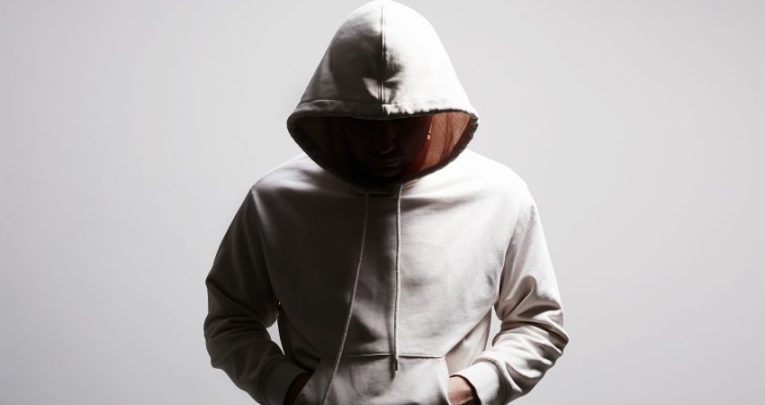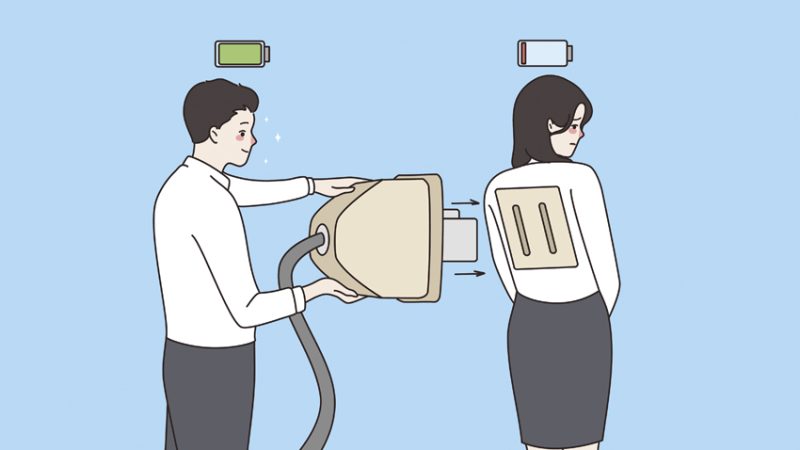Violence in schools – How proactive prevention can reduce the risks

How can schools respond effectively to onsite incidents involving weapons and other forms of serious violence?

On Monday 10th July 2023, Jamie Sansom – a teacher at Tewkesbury Academy – was stabbed by a student in the school corridor. The student responsible for the attack has since been sentenced to youth detention for 14 months.
We can reasonably assume that Sansom would have spent the prior weekend ensuring his lessons for the coming week were well-structured, and that the materials he’d need would be organised and ready for him to use. Like any teacher, he would have wanted to give his students the best learning experience possible.
The bell would have rung that Monday morning, like any other. Sansom would have welcomed his students into class and given them an overview of the lesson’s activities. Duly settled, the students would have been ready to start the week – but that’s not what happened.
Instead, Sansom was immediately rushed to the hospital following the attack. He received treatment for what were thankfully non-life threatening injuries and was subsequently discharged later that same day.
Lasting impacts of violence in schools
Needless to say, these details describe a frightening situation. The incident serves as a sad, yet potent reminder that teachers can instantly find themselves in serious danger at any time, without any prior warning.
The aftermath of violence in schools will inevitably leave lasting emotional scars across the community. I’ve no doubt that the school concerned will have provided comprehensive support services for its students, staff and families.
But what about those teachers across the country who would have seen the news and speculated as to the likelihood of a similar incident occurring in their own setting? How can they ensure that they and their colleagues remain safe from violence in schools?
Adequate resources
In short, it’s essential that schools provide adequate resources to support those affected by such incidents, including teachers. In an era of growing concerns over the safety and security of education staff, schools must adopt a multifaceted and proactive response to on-site incidents of extreme behaviour, particularly when those incidents involve the use of weapons.
Beyond the obvious harms to the physical wellbeing of students and staff, such incidents will profoundly disrupt the learning environment and leave lasting psychological impacts.
Whilst it’s not unheard of for some schools in England to maintain a part-time, on-site police officer, the vast majority of school staff will effectively be ‘on their own’ if called upon to respond to violent attacks.
To some extent, this is understandable. After all, we don’t expect the vast majority of workplaces to include an on-site police presence, so why should we require this of schools?
Unfortunately, there’s no avoiding the fact that unforeseen incidents of sudden, serious violence in schools can and have occured. As such, responsible leaders ought to consider it part of their duty of care to take proactive measures that will ensure everyone’s security.
So with that in mind, is there any statutory guidance for schools that could help explain what those ‘proactive measures’ might involve? Or is it again up to individual schools and trusts to develop their own ‘extreme behaviour’ policies and responses when confronted with violent attacks?
Proactive prevention
Here, I’ll outline four key ways in which schools might go about developing a form of ‘proactive prevention’ aimed at tackling incidents of extreme behaviour, consisting of the following:
- Building positive relationships
- Mental health training and counselling services
- Provision of self-defence training for staff
- Advanced security surveillance
1. Building positive relationships
Creating an environment in which students feel comfortable reporting behaviour concerns should be a key priority for all schools. For a proactive prevention approach to work, it’s necessary to have set procedures in place for reporting and escalating reports. There should also be a clear emphasis on early intervention.
By fostering a safe and nurturing environment, your chances of mitigating violent incidents will be substantially higher. At the same time you’ll be cultivating an atmosphere in which students can flourish academically, emotionally and socially.
Creating a sense of safety and trust within the school setting is a vital precondition from which everything else – including trust, security, safety and enriching educational experiences – will follow.
2. Mental health training and counselling services
A critical component of any effective response strategy will involve addressing the root causes of violence in schools. Regular promotion of mental health awareness among students, staff and parents will empower your collective school community to identify and hopefully address potential issues in your midst. This is before they become much more serious.
This prioritising of mental health awareness should include providing access to counselling services and the creation of supportive environments in which students can seek help without fear of judgment. Both of these can contribute a great deal to effective early interventions and the subsequent prevention of violent acts.
3. Self-defence training for staff
I would personally advocate for self-defence training to be provided to all members of teaching staff wherever possible. This is for a number of reasons.
Firstly, just the knowledge that staff have been trained in self-defence techniques can serve to discourage potential perpetrators. The training itself, if successfully rolled out, will obviously ensure that your teachers are better equipped to respond effectively in the event of future incidents.
Of course, all school staff will, and should, earnestly hope to never encounter any situations that will require them to exercise their self-defence training.
Yet the reality is that being prepared will both enhance their confidence and dramatically boost their ability to remain calm and respond effectively in the face of danger.
Implementing self-defence training for teaching staff will mark a decisive step towards fostering a more secure environment that’s still conducive to learning and growth.
4. Security and surveillance
Depending on the resources available to them, schools can additionally deploy advanced security systems, such as surveillance cameras and potentially metal detectors.
Rolling out such systems can do much to prevent violent incidents at source. At the very least, they minimise the level of impact if the worst should happen.
This could be likened to installing a deadbolt on your front door. Having extra security measures in place will make it that much harder for intruders to enter, or for students to gain access to areas of the site they shouldn’t be in.
If utilised intelligently and sensitively, an appropriate level of security apparatus can help to instil a further sense of safety and security for students and teaching colleagues alike.
Key takeaways
Ultimately, prevention is key. School leaders and teachers should promote a culture of respect, inclusivity and open communication across the school community at all times. This will help to identify and address issues before they have a chance to escalate into something more serious later on.
At the same time, school leaders should be proactive in their commitment to protecting the staff and students in their care.
We can do this by equipping teaching colleagues with the tools they’ll need to ensure a secure learning environment. This is in the form of resources, knowledge and appropriate training.
Gloria Dalafu is a lead practitioner in maths, overseeing teaching and learning, teacher with 17 years’ experience. For more information, visit behaviour-management.uk or follow @classroom_behaviour_management (Instagram)












